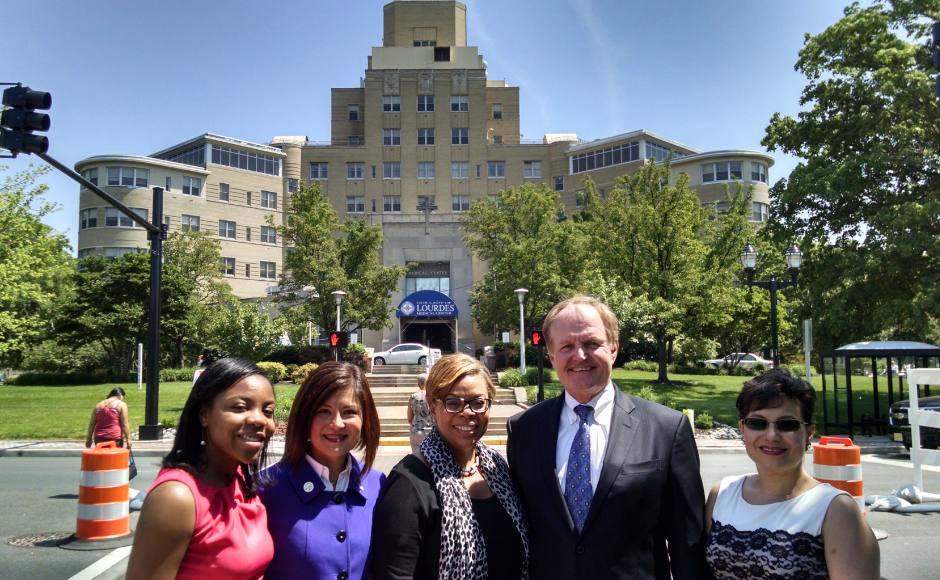 Redevelopment outside Our Lady of Lourdes in Camden. Credit: Matt Skoufalos.
Redevelopment outside Our Lady of Lourdes in Camden. Credit: Matt Skoufalos. Redevelopment outside Our Lady of Lourdes in Camden. Credit: Matt Skoufalos.
Redevelopment outside Our Lady of Lourdes in Camden. Credit: Matt Skoufalos.Related posts

‘It’s Finally Home’: Michael – Coastal Italian Grille Reflects Chef’s Fresh Take on Popular Classics
In 2021, Chef Michael DeLone took over Nunzio Ristorante Rustico in downtown Collingswood. After nearly four years in business, DeLone has remodeled its interior, overhauled its menu, and relaunched the business under a concept that celebrates his approach to fresh seafood and steakhouse classics. Sign in or subscribe to continue reading…
June 25, 2025
Faith, Family, and Divine Comforts of Cheese: Albertino’s Expands into Haddon Twp. Cafe
Chef Maria Gallelli credits the success of her family restaurant to the strength of her Christian faith. Her next eatery, Caffe Cacio e Pepe, extends a popular dish into a quick-service concept that Gallelli believes was divinely inspired. Sign in or subscribe to continue reading...
June 9, 2025